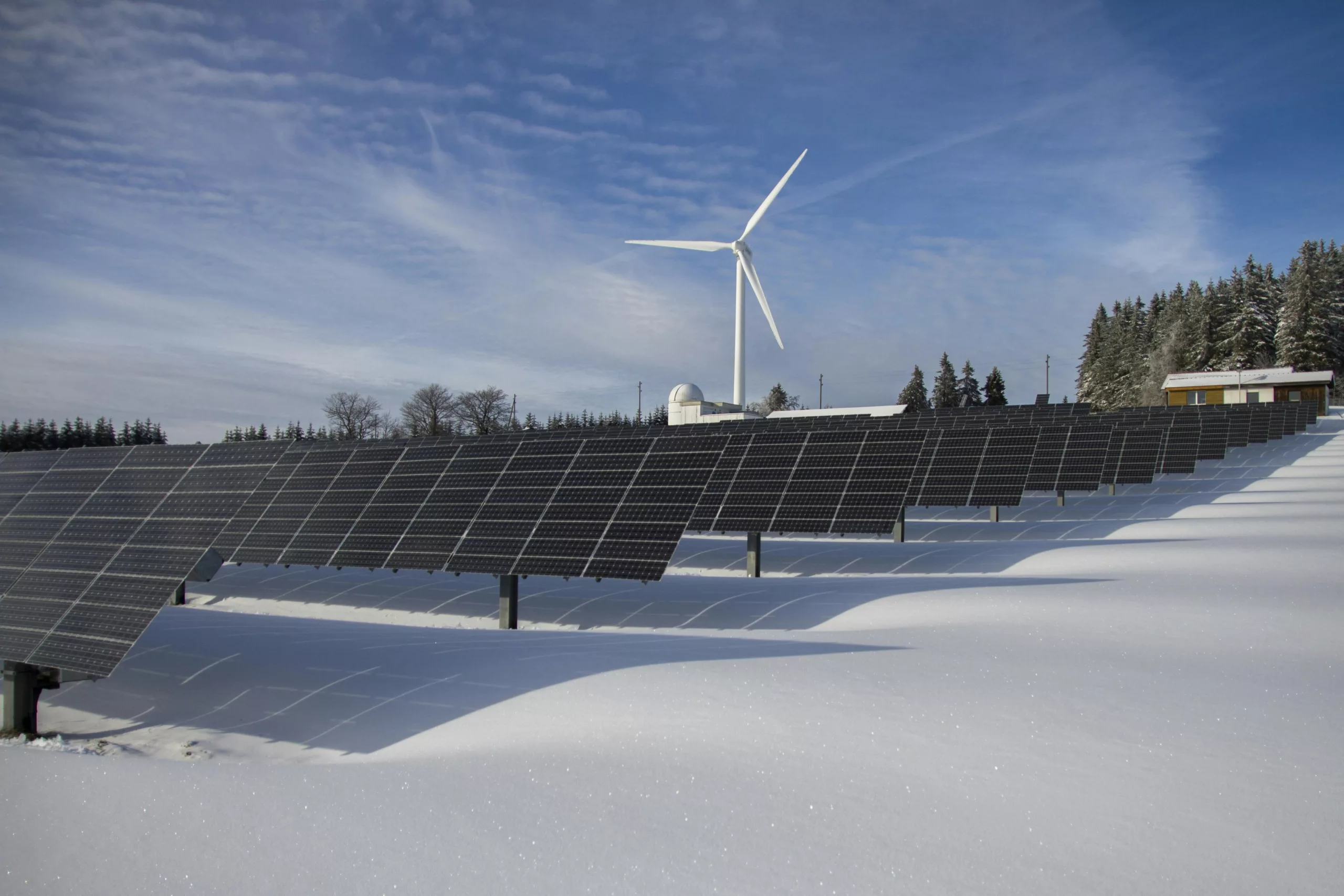
The integration and efficiency of renewable energy into the U.S. power grid significantly depend on the advancements in energy storage technology. According to a recent report by the National Renewable Energy Laboratory (NREL), energy storage solutions that exceed four hours of duration are vital, albeit currently representing a small fraction—under 10%—of storage facilities established since 2010. This tendency, however, is poised for change due to the shifting pattern of demand peaks to the colder months of the year.
The Findings of NREL’s Storage Futures Study
Groundbreaking research from NREL’s Storage Futures Study (SFS), which looks forward to 2050, suggests that energy storage, particularly in the range of 6 to 10 hours, has the potential to dramatically enhance a resilient and low-carbon power grid infrastructure, independent of additional carbon-cutting policies. The study shows the growing economic viability of longer-duration storage, with the capacity for hundreds of gigawatts.
Impact of Longer-Duration Storage on Grid Resilience
Paul Denholm, an NREL senior research fellow, emphasizes the link between extended energy storage and heightened grid resilience. The development of such systems bolsters the grid by accommodating more renewable energy, and crucially, attending to the rising phenomenon of winter energy demand peaks.
Challenges and Market Trends Affecting Energy Storage Duration
The U.S. market has historically favored four-hour energy storage systems due to their suitability for shorter summer demand peaks, incentivized by the abundance of solar energy. Additionally, market regulations have placed ceilings on compensations for storage systems over four hours, which unwittingly promote a uniform duration. For instance, a six-hour battery system is not rewarded more than its four-hour counterpart, nudging roughly 40% of the new capacities in 2021 and 2022 to conform to the four-hour standard.
While energy storage is prized for its ability to time-shift energy, storing it when cheap and selling when prices surge, this value does not increase proportionately for systems over four hours. Furthermore, the dominance of lithium-ion batteries in the market, due in part to their association with electric vehicles, has left little room for the consideration of storage systems that go beyond this four-hour threshold.
Winter Demand Peaks Driving the Need for Longer Storage Solutions
With the uptick in extreme weather conditions and a move towards electrification of building heating systems, winter energy demands are swelling. Because these peaks are longer and occur at night when solar energy isn’t available, the need for longer-duration storage systems is becoming ever more pressing. Certain regions in the U.S. are already experiencing these winter peak demands, transitioning to longer storage durations an impending necessity.
Evolving Storage Technologies and Economic Opportunities
The future of energy storage must evolve to meet the challenges of shifting demand patterns. Emerging storage technologies, like advanced thermal storage or next-gen compressed-air systems, are promising candidates for cost-effective and long-lived storage solutions. These innovations will need to scale up to compete with the entrenched Li-ion market, which continues to expand alongside the popularity of electric vehicles.
In striving for a reliable and adaptable energy grid, technologies that can cater to winter demand peaks and rival Li-ion batteries are encouraged by NREL’s studies. The objective is a stable electricity grid, and longer-duration energy storage is a key player in this mission.
Additional Resources and Further Reading
Diving deeper into these compelling findings, the full technical report is an informative read for those eager to grasp the intricacies of energy storage’s role in future-proofing our power grid. NREL’s continuous research and abundant resources, including an energy analysis newsletter, offer valuable insights into the dynamic field of renewable energy and its symbiotic relationship with energy storage technologies.
Original insights provided by NREL contributors Justin Daugherty and Madeline Geocaris, brought into a new light for enhanced understanding and engagement.